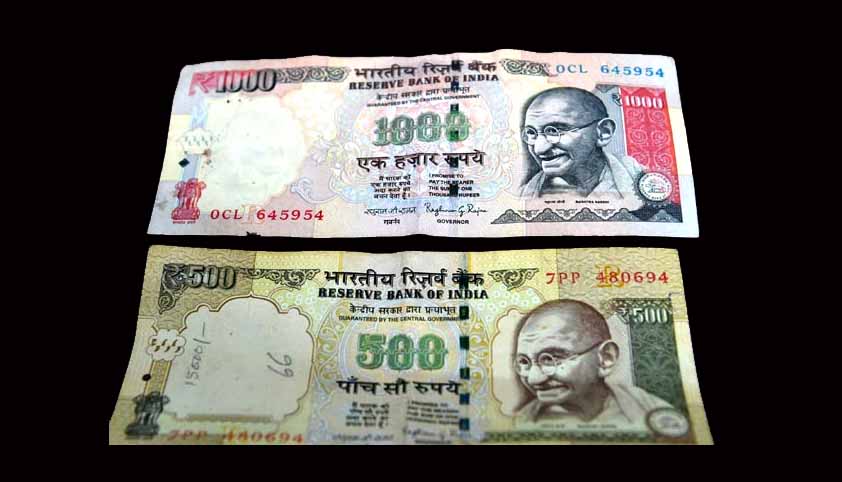Demonetised Currency As Evidence – Problems At Judicial Frontiers
Utkarsh Kumar Sonkar
24 Dec 2016 8:52 AM GMT
Demonetization of 500 and 1000 Rupee notes apart from creating a political furore also raises legal questions of practical importance. It is not my intention to delve into the constitutionality or legality of the governmental policy but highlight the absence of guidelines for the judiciary in handling the demonetized notes as part of evidence. This has caused difficulties for the lower...
Demonetization of 500 and 1000 Rupee notes apart from creating a political furore also raises legal questions of practical importance. It is not my intention to delve into the constitutionality or legality of the governmental policy but highlight the absence of guidelines for the judiciary in handling the demonetized notes as part of evidence. This has caused difficulties for the lower judiciary in many cases, especially the Special Courts established under the Prevention of Corruption Act, 1988 [“PC Act”].
Under the PC Act, one of the most common methods of generating evidence is via laying a trap for the accused. As soon as police officials are informed about demands of bribe, the currency notes are “marked”. The currency notes are laced with phenolphthalein powder and are consequently offered to the accused as “bribe”. After the acceptance of currency notes by the accused, a raid is conducted by the police and the currency notes are recovered. The accused is subjected to a chemical test whereby his hands are washed in a solution of sodium carbide. The coloration of the solution i.e., it turning pink indicates that the accused has handled the currency notes. A seizure of these notes is made. This acts as a critical piece evidence against the accused.
The proceedings do not end here. After the seizure, a charge-sheet is filed and eventually, the Court takes cognizance of the matter. At the stage of examining the evidence on its merits, the aforementioned seizure is subjected to judicial scrutiny. This judicial scrutiny involves matching the series number of the seized notes, the presence of phenolphthalein powder etc. Hence, the notes in their present form, i.e., when they are laced with phenolphthalein powder, are crucial for judicial proceedings. They cannot be converted into any other form as it would be tantamount to destruction of evidence. This aspect has kept the Special Judges appointed under the PC Act in a dilemma while facing multiple applications from the concerned parties regarding the conversion of the seized notes which have lost the nature of a legal tender.
This matter necessitates an urgent notification by the Reserve Bank of India to provide clarity to the judiciary. Till now, various High Courts have tried to address the unintended consequences of demonetization on judicial proceedings. However, this is a very ad-hoc solution to the problem. For instance, in a quest a fill the void in the situation, the Indore bench of Madhya Pradesh High Court has recently held that undisputed amount in old notes should be invested in nationalised banks as fixed deposit before December 30 as the seized currency notes would no longer be legal tenders following the demonetisation exercise. However, this proposition does not apply to the above-mentioned situation where the dilemma of judges is highlighted. These are the situations where the demonetized currency notes are disputed and have not been subjected to judicial scrutiny. The matter would be different where the judicial scrutiny is done by the lower courts and the matter is on appeal. In light of various seizures being made throughout the country of demonetized currency recently, a clarification is paramount. It is perhaps prudent for another notification be issued to smoothen the judicial work by capturing the unintended consequences of the demonetization exercise comprehensively including the one highlighted above.
Utkarsh Kumar Sonkar is a fourth year student in NLSIU, Bengaluru.
[The opinions expressed in this article are the personal opinions of the author. The facts and opinions appearing in the article do not reflect the views of LiveLaw and LiveLaw does not assume any responsibility or liability for the same]
This article has been made possible because of financial support from Independent and Public-Spirited Media Foundation.


